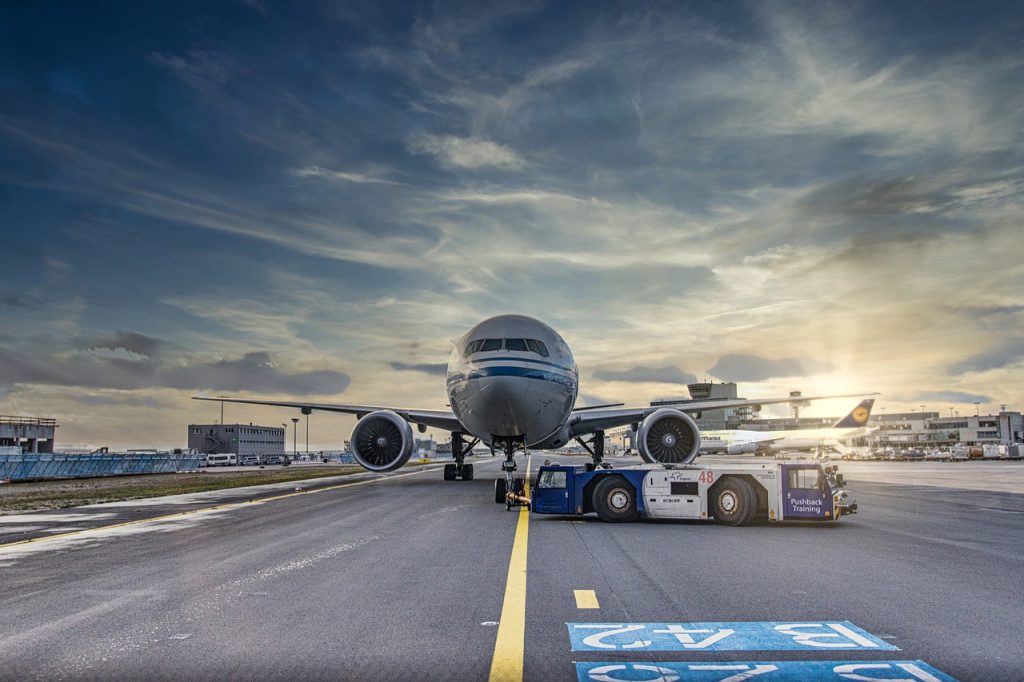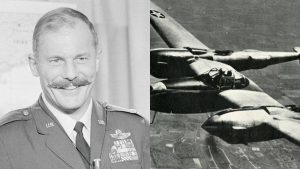FAA Subjecting Multiple Airlines To Intense Safety Review After A String Of Serious Incidents
The FAA is conducting a safety review of the Air Traffic Organization due to a string of safety-related incidents and near plane collisions.
This article is more than 2 years old

After several close-call incidents involving large commercial jets, the head of the U.S. Federal Aviation Administration (FAA) has initiated a safety review to find out what’s behind the issues. The FAA’s actions include forming a safety review team and doing an assessment of air traffic control function. Incidents that sparked the investigation include two near collisions on runways at major U.S. airports.
Another incident that sparked the FAA safety review happened in January when a contractor error led to the first nationwide ground stop since 9/11. The contractor accidentally deleted key pilot safety system files while trying to fix a Notice to Air Missions (NOTAM) database issue. The ground stop resulted in thousands of canceled and delayed flights.
NOTAM is separate from the FAA’s air traffic control system that keeps planes a safe distance apart, but it’s a key air safety component. NOTAM reports issues such as light outages on runways, or air shows taking place in air space. The January incident showed the impact that even unintentional errors can make on the fluid operation of the airline industry.
“We are experiencing the safest period in aviation history, but we cannot take this for granted,” said acting FAA administrator Billy Nolen in a memo. “Recent events remind us that we must not become complacent,” Nolen said the safety review ensures the airline industry is properly addressing the recent close calls.
Congress held a hearing on February 15 to address the computer outage that led to the nationwide ground stop last month. Nolan made sure the Senate Committee on Commerce, Science & Transportation understood the FAA was taking the recent incidents seriously. “Because I want to make sure we are giving the right attention to all of these recent occurrences, I have formed the safety review team to examine the US aerospace system’s structure, culture, processes, systems, and integration of safety,” he said.
The safety review will also determine whether there are additional incidents that need a further look. According to CNN, Nolan also said the review will include participants from the industries that are served and regulated by the FAA. This will include leaders from commercial aviation and labor unions planning a meeting in March to discuss maintaining their safety records.
FlightGlobal, the world’s leading aerospace publisher, provided details about the other incidents behind the FAA safety investigation. On February 4, an air traffic controller cleared a Southwest Airlines Boeing 737 to take off at the same time a FedEx 767 was landing. Reportedly, the planes came within 100 feet of each other.
In January, an American Airlines 777 and a Delta Air Lines 737 narrowly missed colliding at JFK International Airport in New York. The pilots of the 777 mistakenly crossed the runway where the 737 was accelerating for takeoff. The Delta pilots were able to abort their takeoff.
Last December, a United Airlines 777 mysteriously entered a steep dive soon after taking off from Maui. The jet reportedly descended to 800 feet above ocean level before recovering and continuing on to San Francisco. Fortunately, there were no injuries to passengers or crew during this or the other incidents FlightGlobal shared.
Nolan’s letter to FAA leaders said that the safety review team is determined to identify which safety measures are working and which are not as effective as they have been in the past. The team will examine safety data collected by the Aviation Safety Information Analysis and Sharing system in a search for emerging trends. According to Nolan, the safety review will “focus on the… processes, systems and operational integration” of the Air Traffic Organization, the operations arm of the FAA.





